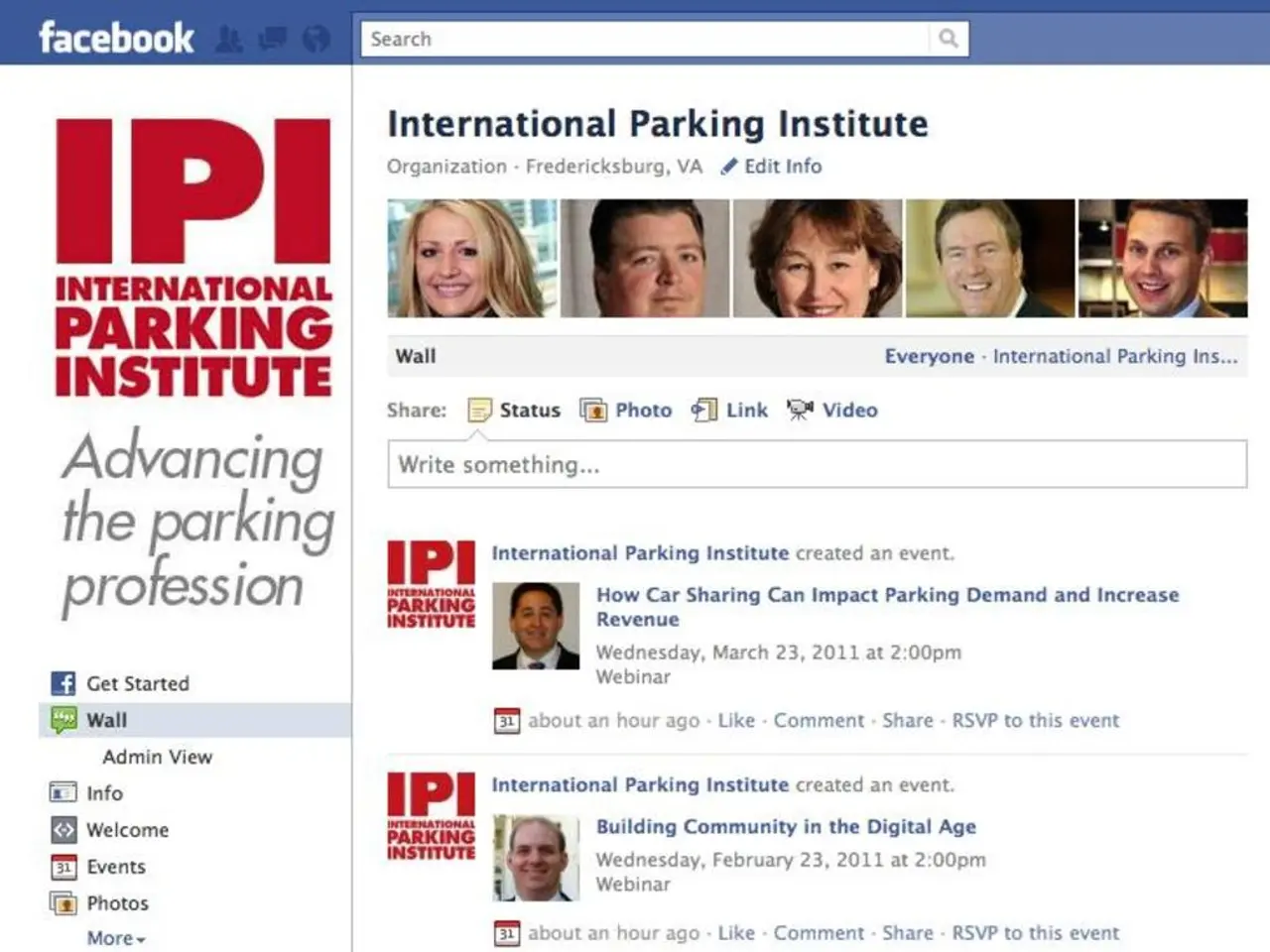Elderly individuals aged 65 and above predominantly reside alone; here's what you need to know to plan for a retirement independent from others.
Preparing for Solo Retirement: Key Strategies for Single Older Individuals
As more and more older people choose to live alone, it's essential for single retirees to financially prepare for their golden years. With no partner's shared income to rely on, single older individuals may face higher pension requirements. Here are some strategies to help build robust, steady income streams and plan for increased expenses.
1. Increase Retirement Savings Through Suitable Plans
For self-employed or solo individuals, retirement accounts like Solo 401(k)s, SEP IRAs, and SIMPLE IRAs are tailored to maximize savings while offering tax advantages. Solo 401(k)s, in particular, allow higher contribution limits and catch-up contributions for those over 50, enabling significant tax-deferred growth to support a single retirement lifestyle. Setting up these plans early and contributing consistently is crucial to build a sufficient nest egg.
2. Use Annuities to Create a Steady Income Floor
With pensions disappearing, single retirees can use annuities to cover essential expenses, providing guaranteed income independent of market fluctuations. An immediate or deferred annuity can serve as a personal pension, bridging the gap until other benefits like Social Security start, or allowing delay of claiming Social Security to maximize benefits by roughly 8% per year delayed after full retirement age. Deferred annuities (like QLACs) can also protect against late-life costs such as long-term care.
3. Plan for Higher Expenses as a Single Retiree
Single retirees do not benefit from shared housing or healthcare costs, often facing higher per-person expenses. Therefore, retirement goals should explicitly estimate these costs and lifestyle factors (housing, healthcare, travel). Working with financial advisors can provide personalized strategies that account for these increased costs, ensuring adequate funding and lifestyle maintenance.
4. "Pay Yourself First" and Maintain a Clear Retirement Roadmap
Allocating a portion of income consistently into retirement savings, even during the active years, establishes discipline and compounds growth. Defining clear retirement goals and timelines allows better estimation of necessary savings, particularly important when planning solo retirement that requires more financial self-sufficiency.
5. Family Support Can Help Reduce Costs During Retirement
Living alone can have a significant impact on finances, as all costs must be covered individually. However, family support can help reduce costs during retirement by sharing expenses or providing emotional and practical assistance.
6. Regularly Reviewing Budgets and Subscriptions Ensures Value for Money
Keeping a close eye on expenses and regularly reviewing budgets and subscriptions ensures value for money, helping to stretch retirement funds further.
7. A Longer Time Horizon Allows for More Investment in Equities
With a longer time horizon, single retirees can afford to invest more in equities, which historically have provided higher returns than fixed-income investments. This can help grow retirement savings and provide a more comfortable standard of living.
8. Council Tax Discounts Can Be Used to Boost Pension Savings
Some local councils offer council tax discounts for single older people, which can help boost pension savings by reducing living expenses.
9. Building a Pension Early Provides a Buffer and Personal Financial Independence
Starting to save for retirement early provides a buffer against financial insecurity and helps ensure personal financial independence during the golden years.
10. The 'Singles Tax' Requires Strategic Financial Planning
Jordan Clark, a financial planner at Quilter, mentions the existence of a 'singles tax', which refers to the additional costs single people experience due to being unable to share expenses with another person. This underscores the importance of strategic financial planning for single retirees.
For a comfortable standard of living, a single person needs a pension pot to be £296,000 larger than an individual that is part of a couple (£682,000 versus £386,000). A larger proportion of women over 65 live alone (41%) compared to men (27%), but the figures for men are growing faster. The most common lifestyle for individuals aged 65 and over is living alone, according to the Office for National Statistics.
In conclusion, single older individuals preparing for retirement need to save aggressively through appropriate accounts like a Solo 401(k), consider annuities to create steady guaranteed income streams, plan carefully for higher expenses, and seek tailored advice to meet their unique financial needs independently. By following these strategies, single retirees can enjoy a comfortable and secure retirement.
To supplement retirement savings and take advantage of tax benefits, single individuals may opt for retirement accounts like Solo 401(k)s, SEP IRAs, or SIMPLE IRAs.
Ensuring financial self-sufficiency during retirement, single retirees can use annuities to create a steady income floor, providing guaranteed income independent of market fluctuations.
Given the higher costs single retirees often face, such as healthcare, housing, and travel, it's essential to work with financial advisors to develop a personalized strategy for maintaining a comfortable lifestyle.
To boost pension savings, single older individuals may be eligible for council tax discounts offered by local councils, reducing living expenses.




